Resources
What is Food Urbanism?
Upcoming events
You don't have access to any upcoming eventsSearch
Support

- FUI is supported by a grant from the Swiss National Science Foundation under the National Research Programme NRP 65 "New Urban Quality"
Yes to local urban agriculture – No to a temporary parking lot!!!
“Save R-URBAN, an internationally acclaimed professional and citizen initiative of resilient regeneration in Colombes, near Paris, and persuade the municipality and other authorities of the general interest of preserving this project whose main site in Colombes is currently threaten to …
+ read more
Quartier de la praille, genève

Ce site est appréhendé comme une articulation majeure entre différentes formes et activités urbaines (concentration des grands axes de communication, plate-forme multimodale, quartiers d’affaires, quartiers d’habitations etc.), entre grandes entités paysagères identitaires de la région et espaces urbains genevois.
L’image …
+ read more
Malley, Arrêt sur image
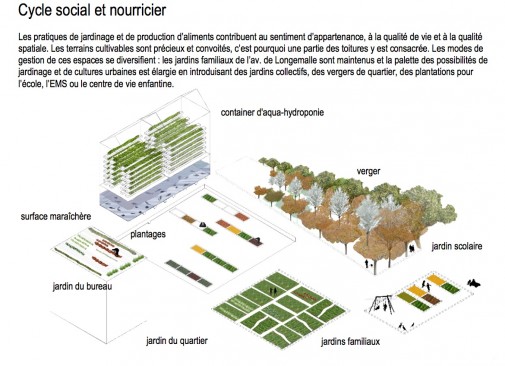
Ce projet promeut la création d’un quartier à forte densité aux qualités urbaines supérieures, alliant les traces du passé aux besoins du monde d’aujourd’hui, le tout dans un esprit d’ouverture pour un futur durable.
La ville se construit au …
+ read more
Chamard châtelard, Yverdon-les-bains
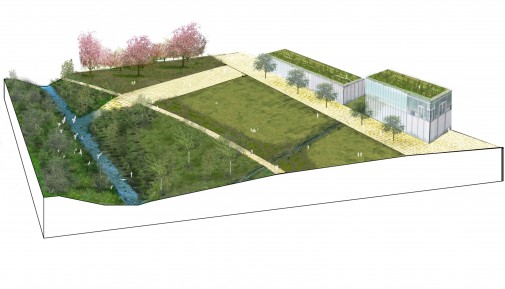
Suite à l’abandon du projet de canal Rhin-Rhône, et la disponibilité consécutive de larges espaces auparavant réservés, Agglo y a lancé un MEP visant à définir les conditions d’aménagement de ce secteur partiellement bâti situé aux portes de la ville, …
+ read more
Centrale de biométhanisation de la ville de lausanne et cuisine froide du CHUV

Une usine de biométhanisation (30’000m2) et une cuisine de préparation d’aliments froids pour le CHUV sont projetés au sein du périmètre «Coeur du P.A.R.C.» du parc d’agglomération de la Blécherette, plus précisément à proximité de la ferme de Cery. La …
+ read more
Edible Campus – The University of Quebec, Montreal
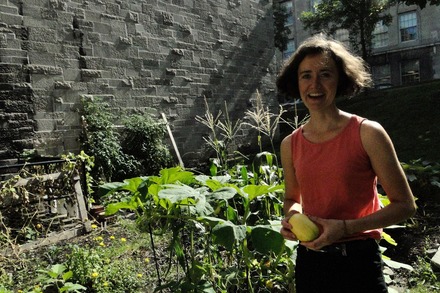
Campus Comestibles is a set of four initiatives for four university campuses. Montreal students are working hard to promote urban agriculture and eventually be able to feed themselves thanks to the university’s production. The University of Quebec in Montreal (UQAM) …
+ read more
Urban Orchard
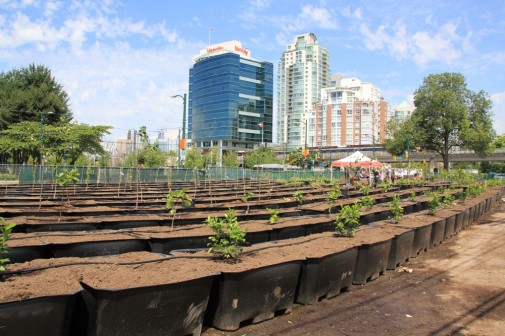
In 2013, Vancouver completed the largest urban orchard in North America. The site, a former gas station, is rented by Sole Food from the city of Vancouver for $1 per year. Situated near a train station, this once abandoned site …
+ read more
Mole Hill Community Housing
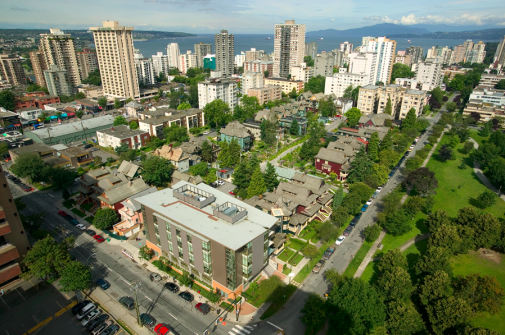
Mole Hill Community Housing Project is noteworthy not only for the retention and restoration of 26 heritage buildings, creation of 170 units of affordable housing, and a child-care precinct, but also for the incorporation of significant sustainable design features. It …
+ read more
Inuvik Community Greenhouse
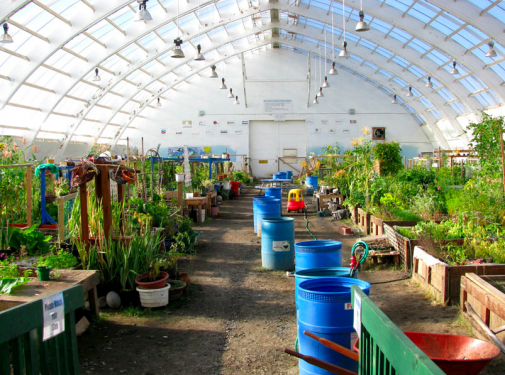
The Inuvik Community Greenhouse is the most northern greenhouse in North America located just above the 68th parallel, roughly 2 degrees north of the Arctic Circle. It is home to the Community Garden Society of Inuvik – a non-profit organization …
+ read more
Artscape Wychwood Barns

Adaptive reuse projects maintain connections to our past while conserving resources through the reuse of materials. Depending on location and use, they can also benefit communities by revitalizing neighborhoods. The Artscape Wychwood Barns project in Toronto is one such case. …
+ read more
60 Richmond Street East Housing Co-operative
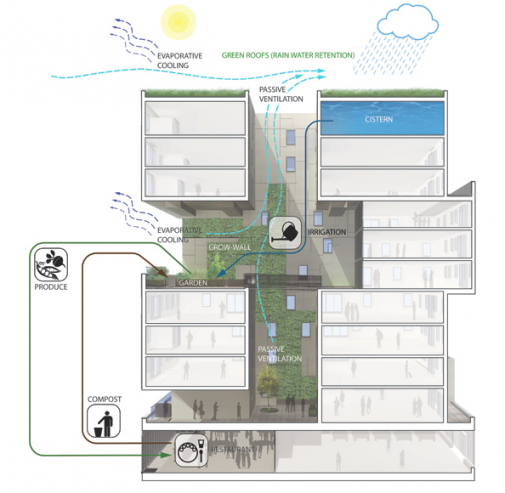
60 Richmond Street East, an 11-storey, 85-unit apartment building designed for the Toronto Community Housing Corporation, is the first Toronto co-operative housing project built within the last twenty years. The project, designed by Teeple Architects, was able to combine design …
+ read more
“Le jardin des amis de Thônex”
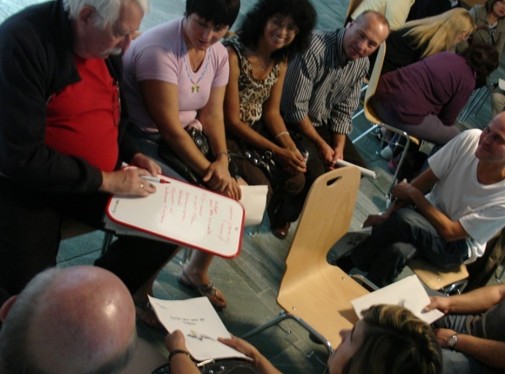
Since 2005, the non-profit organisation Equiterre (Equiterre – Partner for sustainable development) promotes the development of urban gardens in the heart of neighbourhoods on unused land through its project “Potager Urbain” (with the support of the Loterie Romande). Equiterre supports …
+ read more
Le 56 – Ecointerstice

‘Le 56′ is located on a formerly unused piece of land which had remained undeveloped due to outstanding conflicts between building developers and the municipality. In an attempt to resolve the issue, the commune of Paris invited Atelier d’Architecture Autogérée …
+ read more
Colony farm

The Colony Regional Farm Sustainability Plan (COLSP) outlines a future where Colony Farm is a physical and virtual place for research, learning, and experimentation into the integration of sustainable food systems, wildlife, recreation and community. The concept of an on-site …
+ read more
Walkley Micro Allotment Network

Studio Polpo has worked with Transition Crookes/Walkley to develop the micro-allotment network, being piloted in the Walkley area of the city.
This initiative has created a series of small plots for growing fruit, herbs and vegetables out of currently disused …
+ read more
Brick City Urban Farms and EarthBoxes

Brick City Urban Farms began using EarthBoxes when they created an urban farm (with the help of the newly elected mayor) on an unused parcel of land in Newark. The soil on this plot was polluted and unsuitable for growing …
+ read more
Back to Front
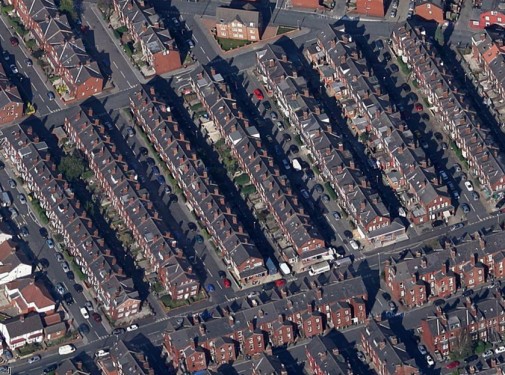
Back to Front is a community organization set up to promote food growing in front gardens so that they ‘look good and taste better’.
The scheme was initially inspired by the Bangladeshi people of Leeds who often used their front …
+ read more
Urban Agriculture Basel
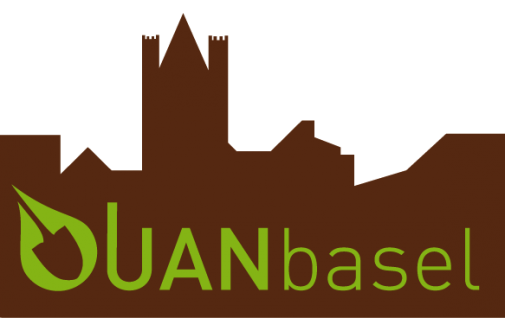
As a nonprofit organization , the Urban Agriculture Network Basel encourages the production of foods, herbs , flowers , livestock and medicinal plants , living in the city of Basel and the agglomeration people. In this case , the association …
+ read more
City Slicker Farms

City Slicker Farms is a network of seven farms that operate to provide greater food security by distributing fresh produce on a donation-only basis to the community. The largest of the farms is 1.4 acres and houses farm beds, orchards, …
+ read more
Alemany Farms
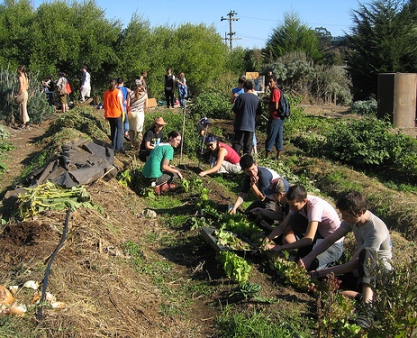
Alemany Farms is a volunteer-run farm set between residential areas, playfields and a highway. There are in-ground plantings, raised beds, hoop houses, and areas for educational groups to gather.
The Alemany Farm is a non-profit organization which uses the farm …
+ read more


